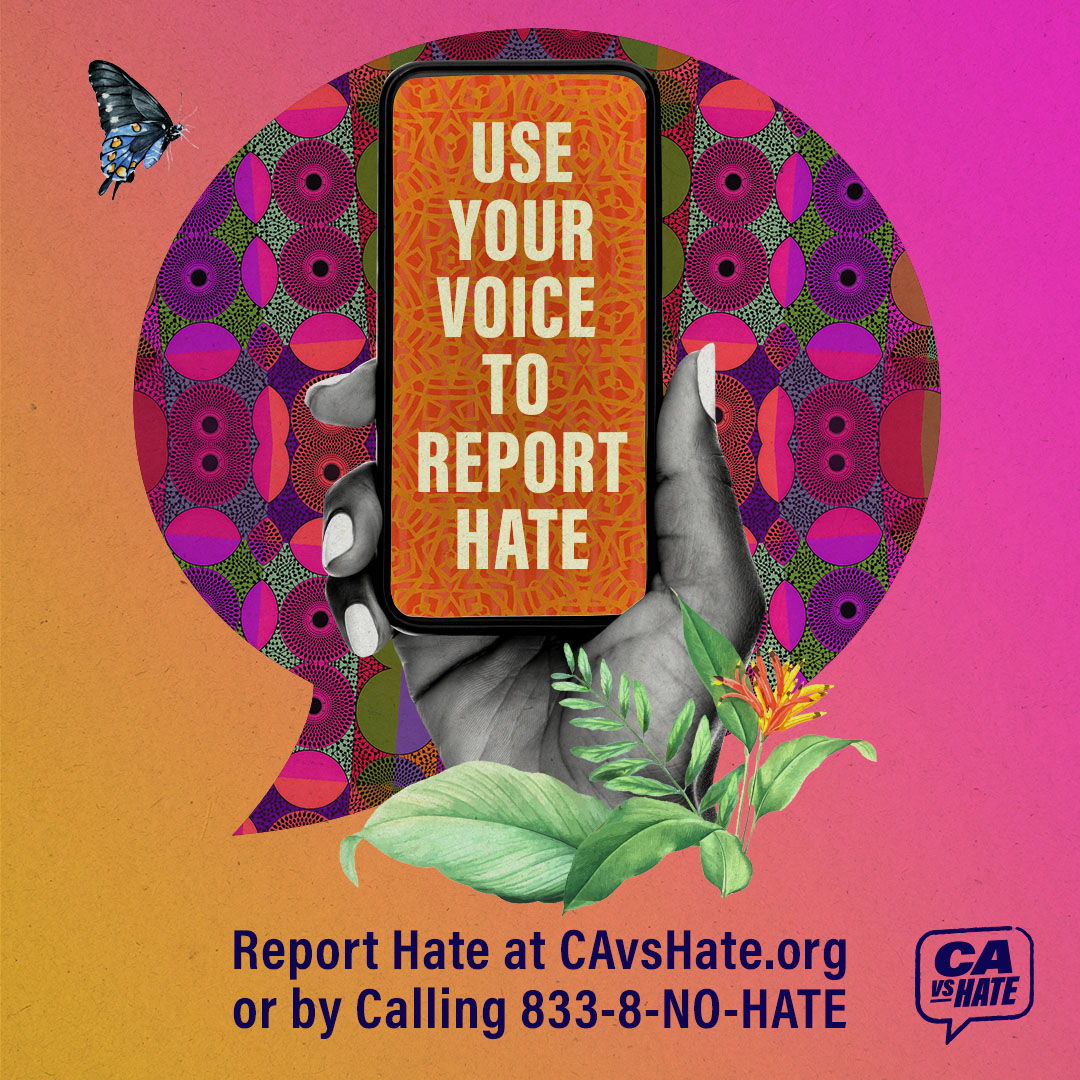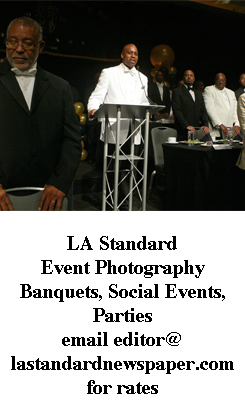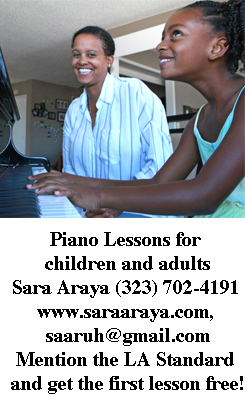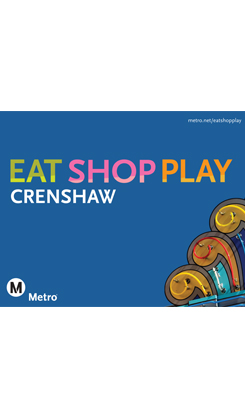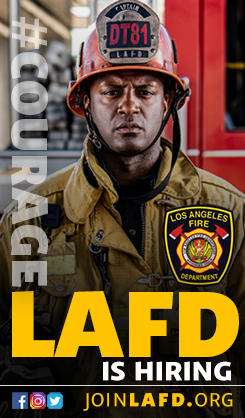With planning for the 2028 Los Angeles Olympic Games underway, the ULI Los Angeles: Urban Marketplace held panel discussions with the topic of increasing tourism in local Black communities.
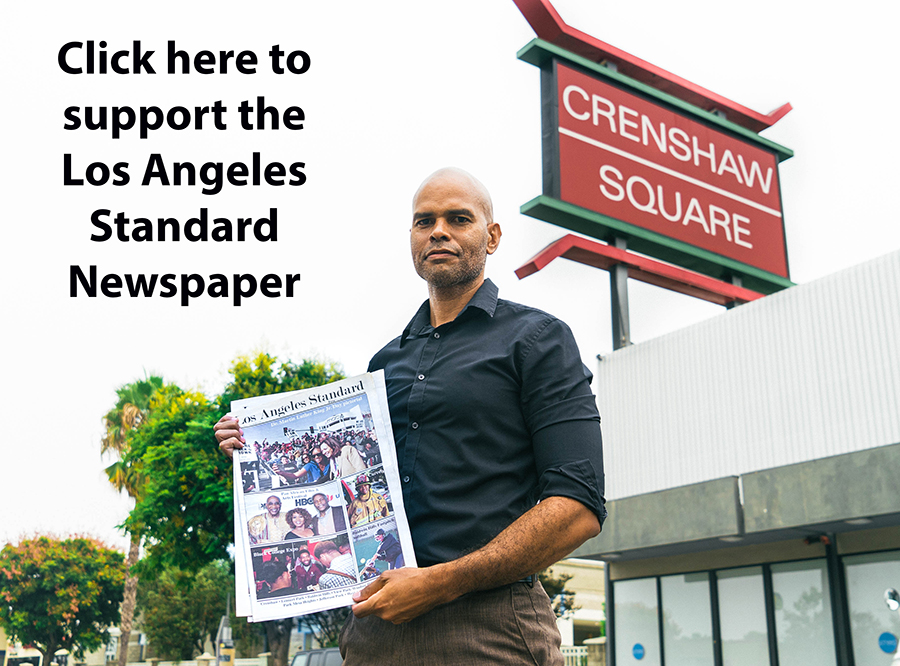
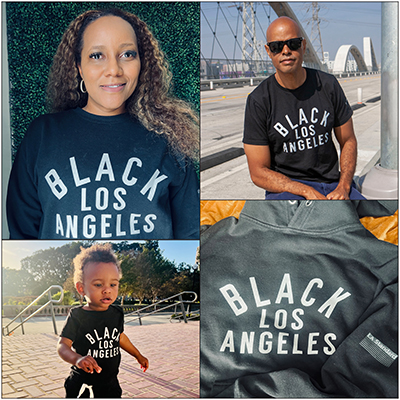

By Jason Lewis
The 1984 Summer Olympic Games in Los Angeles were a financial success, generating a profit of over $250 million. It was the first profitable Olympics since the 1932 Summer Olympic Games, which was also held in Los Angeles.
“The 1984 Olympic had a huge surplus,” said HR&A real estate and economic analyst Judith Taylor. “It brought 600,000 tourist to L.A and 12,000 new hotel units to the Los Angeles area.”
Several communities in Los Angeles were able to financially benefit from the increase in tourism. Dr. Randal Henry, who is the author of “Born in South Los Angeles,” recalls working as a driver during the 1984 Olympics.
“I saw the way that people had fists full of money,” Henry said. “They were spending money hand over fist. They wanted tourism. They wanted anything that had ‘Los Angeles’ on it. They were getting it so that they could take it back home. If you had Olympics t-shirts on, they were buying the shirt off of your back. They were buying the Olympics pens off of your hat. It was crazy.”
Henry drove a British team to M&Ms Soul Food in South Los Angeles.
“They had heard of soul food, so they wanted to try it,” he said.

While tourism dollars were spreading through Los Angeles, some communities were left out for the most part, including Black communities. With plans underway for the 2028 Olympic Games, the Urban Land Institute (ULI) Los Angeles held the Urban Marketplace - From LA84 to LA28 and Beyond: Insights and Investments to Narrow the Racial Wealth Gap. At this event, which was held at the Beehive in South Los Angeles, Henry partnered with Matthew Gates, founder of In the Building, an online publication that focuses on real estate and urban planning in South Los Angeles and Inglewood, for a panel discussion on cultural centers in communities of color.
Also at the Urban Marketplace was a Destination Crenshaw discussion on leveraging the Olympics to drive intentional and reparative investment into South Los Angeles and Inglewood. That panel discussion featured Destination Crenshaw president and COO Jason Foster along with Taylor.
While Black communities in Los Angeles did receive some tourism dollars from the 1984 Olympics, those areas did not see nearly as much as other areas of the city, and Black communities did not feel the lasting effects of the Olympics like other areas did.
“It brought a lot of ecstatic improvements to Los Angeles, but there were a lot of questions about what it brought to South L.A.,” Taylor said. “There was really high unemployment in the ‘80s, and the gap between generational wealth between people of color and White people has grown from that time. Some people say that the 1984 Olympics was the advent to that. So we really do need to think about, with the coming Olympics, what are we doing so that other areas are benefitting from the Olympics.”
Destination Crenshaw is developing a cultural tourism program for the Crenshaw area, and Foster is on the Los Angeles Tourism Board. The tourism board will be promoting attractions in Black communities of Los Angeles.
“When I heard this, I asked what’s your community engagement plan?" Foster said. "How are you actually going to tell people that this is coming?”
Destination Crenshaw’s plan is to feature cultural tourism, and to engage local businesses and develop focus groups to educate people on the opportunities that the 2028 Olympics will bring. This is to ensure that Black communities in South Los Angeles and Inglewood, which will be the sites of many of the major Olympic activities, will not be left out.
“There are the host communities for the Olympics,” Taylor said. “LA28 is in conversation with those host communities about what’s happening within those communities. The non-host communities, there are questions about what’s going to be the marketing around non-host communities during the Olympics. In past Olympics, I’m not certain that anybody knew about the places to visit (in non-host communities).”
During the panel discussion featuring Gates and Henry, the topic of building tourism around Black culture and also how to connect tourism to Black communities was discussed.
“The most obvious example is Destination Crenshaw,” Gates said. “From an infrastructure standpoint, the structure will be there (outdoor museum on Crenshaw Boulevard, just south of Vernon Avenue), but how do you activate it in a way where the community benefits, and the site is frequented more than the one photo op.”
To participate in the Urban Land Institute Los Angeles and Destination Crenshaw’s efforts to increase tourism into Black communities, visit www.la.uli.org and www.destinationcrenshaw.la. Also stay up to date on real estate development in South Los Angeles and Inglewood by visiting https://inthebuildingla.com/.



